These are Walnut Studiolo's simplified rules of play for backgammon, a 2-person game that originated in ancient Mesopotamia over 5,000 years ago. We wrote these rules to be quick and plain-spoken for beginners, with optional instructions for using the doubling cube, plus some bonus resources and a free printable scoresheet.
Backgammon is a perfect two-person game. It has just the right mix of strategy and luck to keep 2 players on a level playing field for lots of games.
The (optional) doubling cube adds another layer of strategy that will keep it interesting for much longer!

Table of Contents
Set-up
- Gather a backgammon board set and 2 players. If you'd like to keep score of multiple games, then also grab pen and paper.
- The backgammon board set includes the game board, four dice (one pair for each player, sometimes also paired with a dice cup accessory), 30 game pieces (15 each per player in two distinct colors - also called pegs, meeples, men, or checkers), and optionally a doubling cube.
- The backgammon board consists of 24 triangles, grouped into 4 quadrants of 6 triangles each, a "bar" in the center, and a space along one side of the board for each player to collect their game pieces after bearing off.
- Set up the board as shown in the photo below: [Our Travel Backgammon Board has built-in designs prompts: look on the outside of the board for the number of pegs per triangle and an indication of player (A) or (B).]
- Player A puts two pieces in triangle 24, five pieces in triangle 13, three pieces in triangle 8, and five pieces in triangle 6.
- Player B puts two pieces in triangle 1, five pieces in triangle 12, three pieces in triangle 17, and five pieces in triangle 19.
- For matches, tournaments and ongoing play between regular partners, you may wish to keep score of multiple games, setting a target score of, say, 10 points. A typical game is worth one (1) point. However, you can increase the value of a game strategically with the doubling cube, and/or earn double or triple points for a gammon or backgammon (more on that below).
- If anything here is unclear, the official (American) rules are the US Backgammon Federation Tournament Rules.
Basic Backgammon Play
- The objective is to "bear off" all your game pieces from the board. The first player to remove all their game pieces wins that game.
- Players move their pieces around the board in one direction from start to finish. The players move in opposite directions, one counter-clockwise and one clockwise, so that both bear off on the same side of the board, as shown in the drawing below:
- Player A moves counter-clockwise from triangle 24 to triangle 1.
- Player B moves clockwise from triangle 1 to triangle 24.
- To determine who goes first, each player rolls one die. The player with the highest number goes first, and their first turn uses the numbers both players just rolled. (For example: player (A) rolls a 3 and player (B) rolls a 5. Player (B) goes first, using the combined roll of 3 + 5 as their first turn.) If the players throw equal numbers, they roll again until they get different numbers.
- After the first turn, players roll their own 2 dice and alternate turns.
- The numbers thrown on the dice (the pips) indicate how many triangles forward the player can move their pieces around the board.
- The pips on the two dice are separate moves that can be divided between whichever pieces the player chooses. For example, if the roll was a 3 and a 5:
- the player could move one piece 3 triangles and another piece 5
- or they could move one piece 8 triangles (3 then 5, or 5 then 3 ... so long as there are no obstacles preventing them from landing on 3 and 5, see more below).
-
Must Play
- If a player can move their pieces (there are no obstacles), then they must play -- even if it is at their disadvantage to do so. If only one number can be played, then they must move the one number. If neither number can be played, the player loses their turn.
-
Doubles
- When a player rolls doubles, they play the numbers twice, for a total of 4 moves. For example, if they roll two 6's, then they may move four pieces 6 triangles, or one piece 24 triangles, or any combination inbetween.
-
Obstacle
- A player may not move their piece to a triangle that is occupied by two or more of their opponent's pieces.
Examples of Backgammon Moves
For example, in this move:
- Player B (yellow) rolled a 3 and a 2.
- Player B could move each piece individually as a 2 or a 3 but could not move them together as a 5 because there are obstacles in the 5th triangle from the options shown here.
- Player B could move a piece from triangle 1 to triangle 4 or triangle 19 to triangle 22 to satisfy the "3" move, because Player A (blue) has one or zero pieces in triangle 4 and 22.
- Player B could move a piece from triangle 1 to triangle 3 or triangle 19 to triangle 21 to satisfy the "2" move, because Player A (blue) has one or zero pieces in triangle 3 and 21.
- Player B could not, however move a piece 3+2 or 2+3 from triangle 1 to 6, or 19 to triangle 24, because Player A has 2+ pieces in triangles 6 and 24.
In this move:
- Player A (blue) rolled a 2 and a 3.
- Player A could move one piece 3 paces from triangle 24 to triangle 21, or from 19 to 22. But he could not move it 2 paces not 2+3 or 3+2, because Player A has 2+ pieces in triangle 19.
- Player A could move a piece from triangle 6 to any possible combination of moves (2, 3, 2+3 or 3+2) to triangles 4, 3, or 1. If Player A moved to triangle 1, that would be a "hit" on Player B (more on Hits below).
Hits, Blots, and the Bar
This is where it gets more strategic!
- If a player's opponent has one piece on a triangle (called a "blot"): they can move their piece to that triangle, occupy it, and remove their opponent's piece from the triangle to the "bar." This move is called a "hit."
- The bar is the physical center of the board and does not relate to any triangles. It is like limbo. [Our Travel Backgammon Board has dedicated peg holes in the center of the board that is used as the bar and keeps them secure in bumpy travel locations.]
- If a player begins a turn with one or more pieces on the bar, they cannot move any other pieces until all their piece have returned to the board.
- To return their pieces to the board, they must use their roll to move the piece to an open triangle (or an opponent's blot for a counter-attack!) at the start of their track (starting back from the beginning).
- If an opponent's pieces are occupying all of the 6 triangles with 2 or more pieces, then the player loses their turn (since no roll would be possible).
This illustration shows how a piece on the bar returns to the board:
- Player A (blue) has one piece on the bar and rolled a 2 and a 3.
- Player A can return his piece to the board into triangle 23, counting in two triangles.
- Player A cannot return his piece using the 3 because Player B (yellow) has 2+ pieces on triangle 22.
- Player A could combine the roll and also move to triangle 20, which is 2+3.
Bearing Off: Winning
- Once all 15 of a player's pieces are on their "home board" -- the last 6 triangles of their track -- they may begin Bearing Off. The first player to bear off all their pieces wins the game.
- To bear off, they must roll a number (or numbers) equal to the number of triangles left on the board, plus one. Or in other words, the number of triangle the piece is occupying. For example, a piece on the 6th triangle rolls a 6 to bear off (or a 4 + 2, or a 1 + 5, etc).
- They then remove the piece from the board into a collection pile off to the side. [Our Travel Backgammon Board can collect the pieces in the slider tins that they're stored inside. The tins cling loosely to the side of the board with the internal magnets, and reduce the chore of collecting the pieces for later storage!]
- If the dice roll numbers are higher than the highest occupied triangle, the player is permitted (and required) to remove a piece from the next-highest triangle that their piece occupies.
- The same rules apply: if the dice roll number is lower but possible, then the player must play any legal move, even if it is disadvantageous, and they cannot play on a triangle occupied by two or more of their opponent's pieces.
- If a piece is "hit" by the opponent during Bearing Off, the player must bring that piece all the way back to their home board before continuing to bear off. In other words, a player must have all active pieces in the home board in order to bear off, at any point in the game.
In this illustration, we show bearing off the backgammon board.
- Player A (blue) has all of its pieces in its home board and is ready to begin bearing off.
- Player B has pieces all over the board and cannot begin bearing off.
- If Player A rolls a 2 and a 3, Player A can move a piece from triangle 2 and a piece from triangle 3 to the bearing-off space to the side of the board.
- Player A could also choose to move one piece off triangle 5 instead (2+3 or 3+2).
Gammons and Backgammons
At the end of the game, if the losing player has lost from far behind, the score may be doubled or tripled as a gammon or backgammon.
Here's how it works:
- So long as the losing player has begun bearing off (has borne off at least one piece), the winner earns the normal 1 point (or the value on the doubling cube if it was used).
- If the losing player has not borne off any of his pieces, he is "gammoned." The winner earns twice the value of the game (2 points), or twice the value of the doubling cube (if used).
- If the losing player has not borne off any of his pieces and still has a piece on the bar or in the winner's home board, he is "backgammoned" and loses three times the value of the game (3 points), or thrice the value of the doubling cube (if used).
Doubling (Optional)
Doubling was a later addition to the game of backgammon, popularized in America in the 1920's. (Fun fact: It's rumored that the inventor of doubling, Grand Duke Dmitri, was also one of Rasputin's murderers!)
A typical game has a value of 1 point (unless there is a gammon or backgammon), but doubling increases that value during the course of play. It is tracked with the doubling cube, a 6-sided cube that is not rolled but shows the game value, from 2, 4, 8, 16, 32, and 64.
Here's how it works:
- At any time during the game, on their turn and before they've rolled the dice, either player who feels they have a sufficient advantage may offer to double the stakes, increasing the value of the game from 1 to 2 points.
- Once offered, the opposing player may accept or refuse.
- If they refuse, then they concede the game and the offerer earns the current value of the game. The game is over.
- If they accept, they become the owner of the cube, placing it on their side of the board. As the owner, only this player may make the next double. The game continues on for higher stakes.
- The owner of the cube, perhaps feeling that they now have an advantage, may offer to double the stakes again in the same manner. This is called a redouble. As before, if a player refuses a redouble, they earn the number of points that were at stake prior to the redouble. Otherwise, they become the new owner of the cube and the game continues at twice the previous stakes.
- There is no limit to the number of redoubles in a game.
In this illustration, the board is set up and ready for play. The red doubling cube is placed in the center of the board until it has an owner. If Player B (brass) is the owner, then Player B places the doubling cube on their side of the board, the top of the illustration.
Variations and Etiquette
Etiquette
Clean Dice Rolls
Tradition calls for a player to re-roll both dice if a die a) lands on a game piece, b) does not land flat, or c) lands outside the player's right-hand side of the board (when using a large, traditional backgammon board).
Accepting Incomplete or Illegal Moves
A player's turn is completed when they pick up their dice. If the play was incomplete or otherwise illegal, the opponent has the option of accepting the play as made or of requiring the player to make a legal play. A play is deemed to have been accepted as made when the opponent rolls their dice or offers a double at the start of their own turn.
Early Rolls
If a player rolls before their opponent has completed their turn by picking up the dice, the player's roll is voided. (This rule is generally waived any time a play is forced or when there is no objection.)
Randomized Rolls
Dice cups were introduced to the game to ensure that a roll was sufficiently random. However, when needs must and a dice cup is not available, then shaking the dice with both hands cupped together maximizes randomness for a fair roll.
Variations
These are common variations. Try these out and see what you think!
Automatic Doubles
- If identical numbers are thrown on the first roll, the stakes are automatically doubled. The doubling cube is turned to 2 and remains in the middle for either player to use the first time.
- Some play automatic doubles whenever a double 6 is thrown. The owner of the cube keeps ownership.
- Players can agree to limit the number of automatic doubles to one per game.
Beavers
When a player is doubled, he may immediately redouble ("beaver") while staying owner of the cube. The original doubler has the option of accepting or refusing as with a normal double.
The Jacoby Rule
Gammons and backgammons count only as a single game (1 point) if neither player has offered a double during the course of the game. This rule speeds up play by eliminating situations where a player avoids doubling so he can play on for a gammon.
Sources & More Reading
- Backgammon Rules. Backgammon Galore. Accessed July 8, 2024.
- Backgammon. Wikipedia. Accessed July 9, 2024.
- Bray, Chris. Backgammon History. September 7, 2007. Accessed July 8, 2024.
- Davis, Bill. Backgammon and Doubling. Accessed July 8, 2024.
- Strato, Michael. Grand Duke Dmitri Was Likely the Inventor of Doubling in Backgammon. November 16, 2008. Accessed July 8, 2024 on GammonLife..
- Strato, Michael. The History of Backgammon. Accessed July 8, 2024 on GammonLife.
- USBGF Tournament Rules. US Backgammon Federation. Accessed July 8, 2024.
Bonus! Free Printable Backgammon Scoresheet
We designed a series of handy-dandy free printable cheatsheets and scoresheets for our favorite classic games. Our backgammon printout includes the basic set-up illustration and a place for tallying match scores. It comes included with the purchase of our Travel Backgammon Board.
Print this scoresheet for your board or wallet to help remember common points combinations!
Travel Backgammon Boards
Check out our unique handcrafted Travel Backgammon, Travel Cribbage Boards, Travel Dice, and Travel Dominoes on our website.




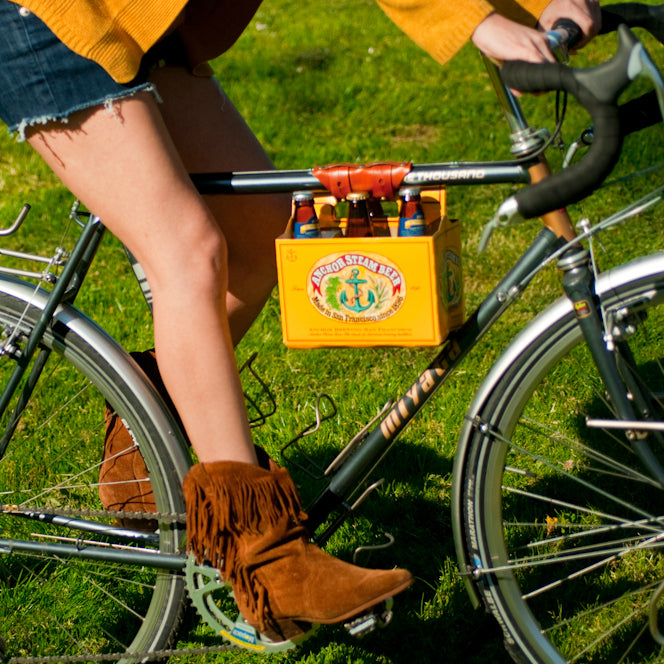
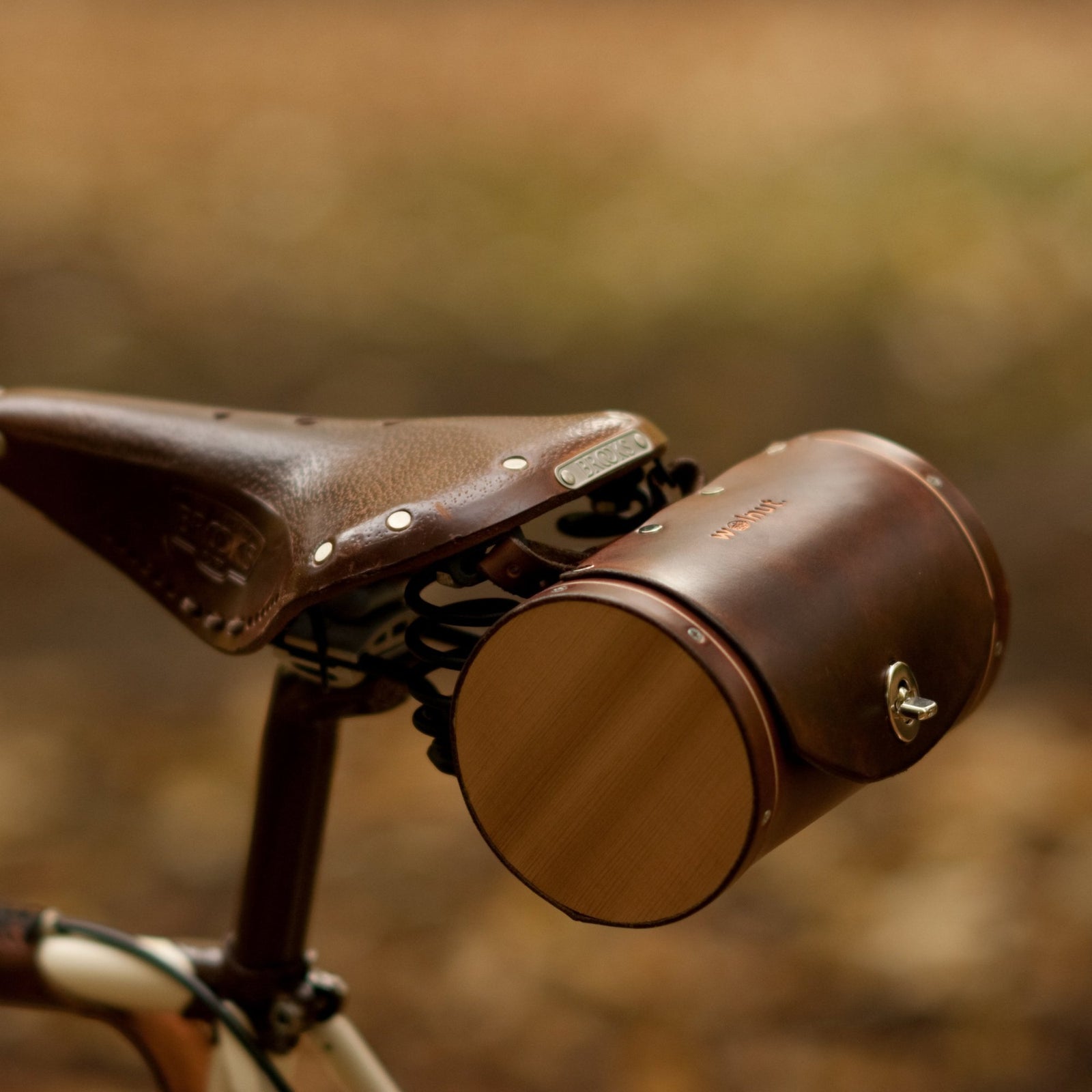
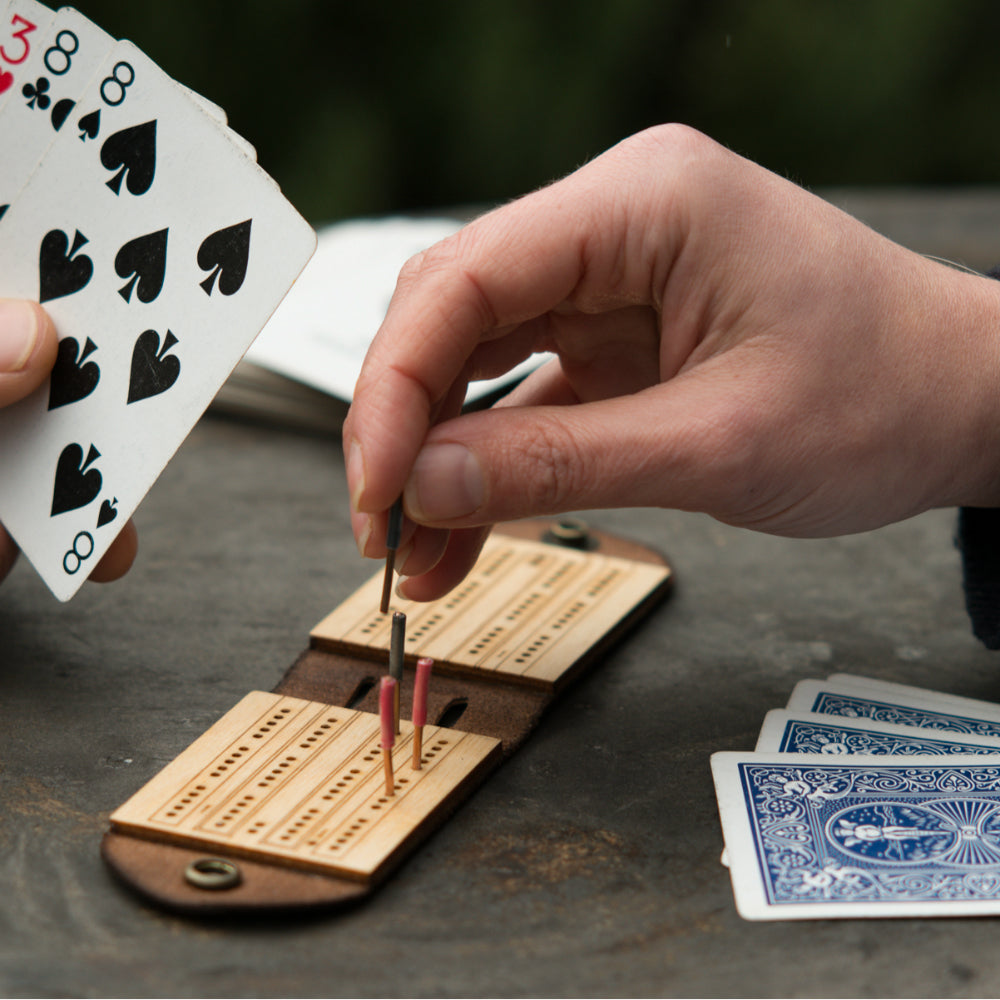
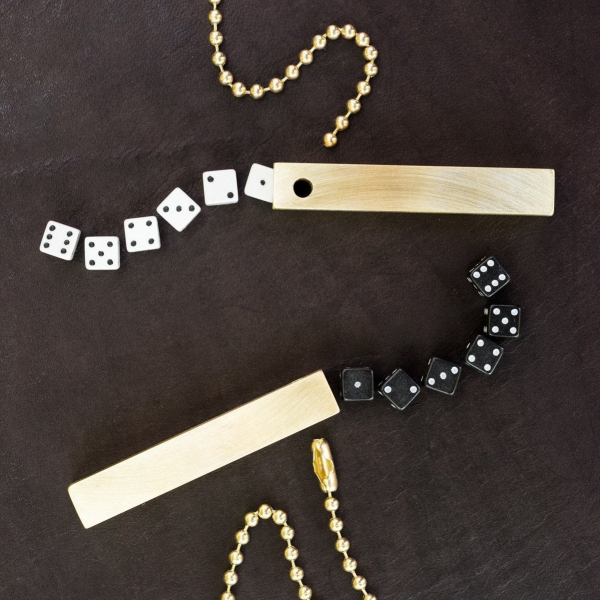
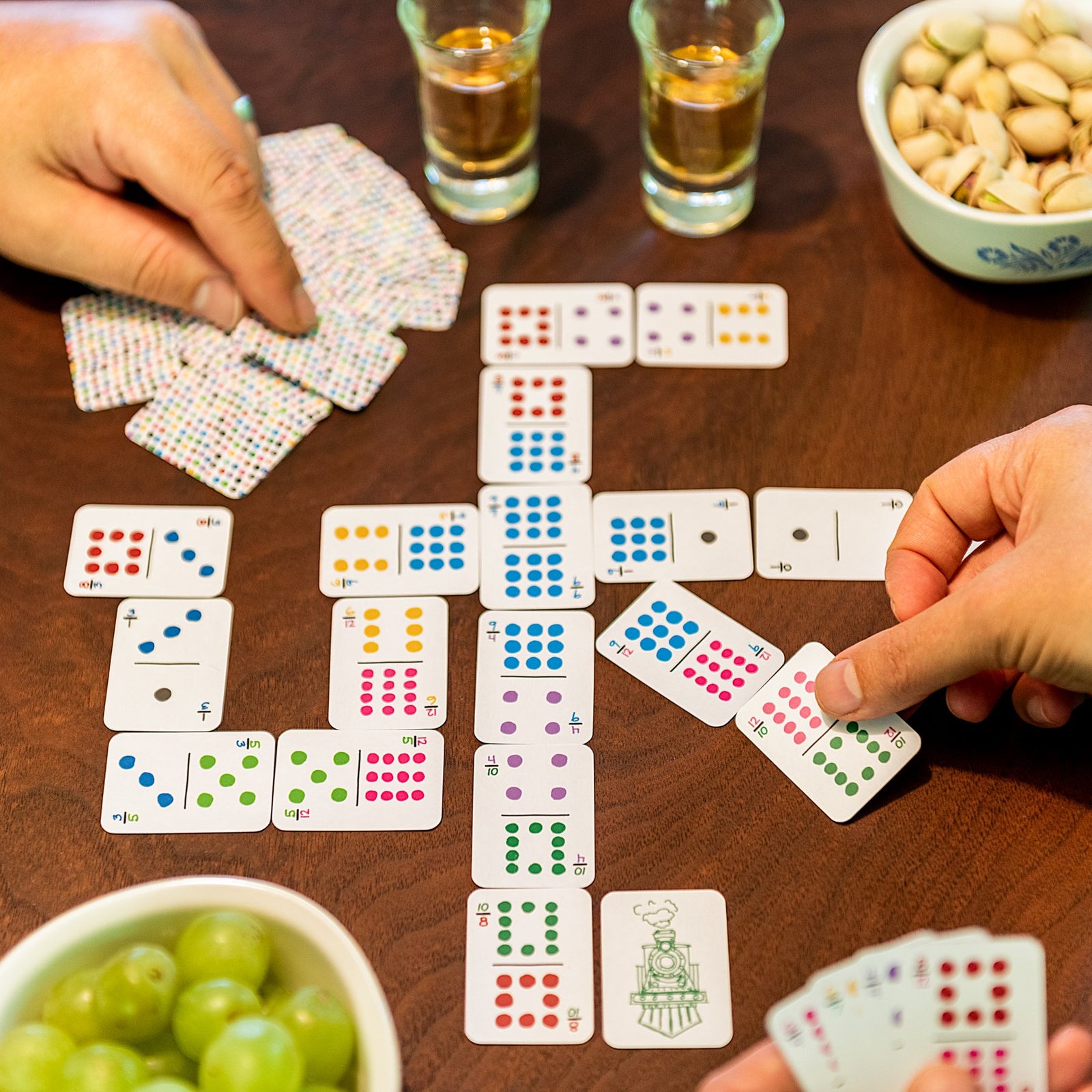
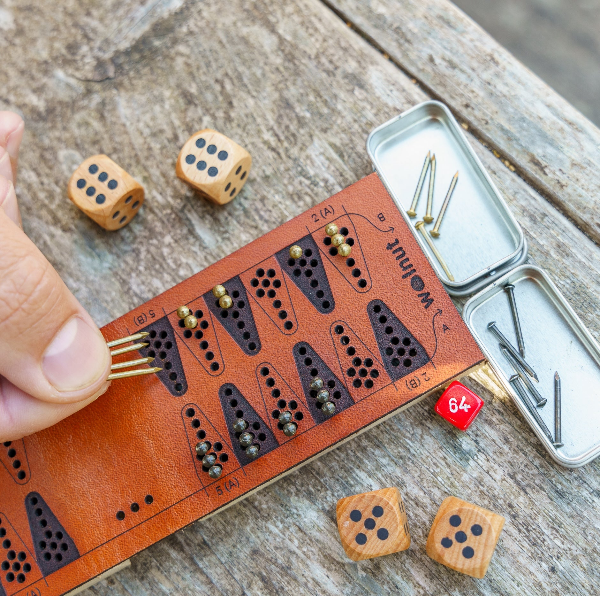
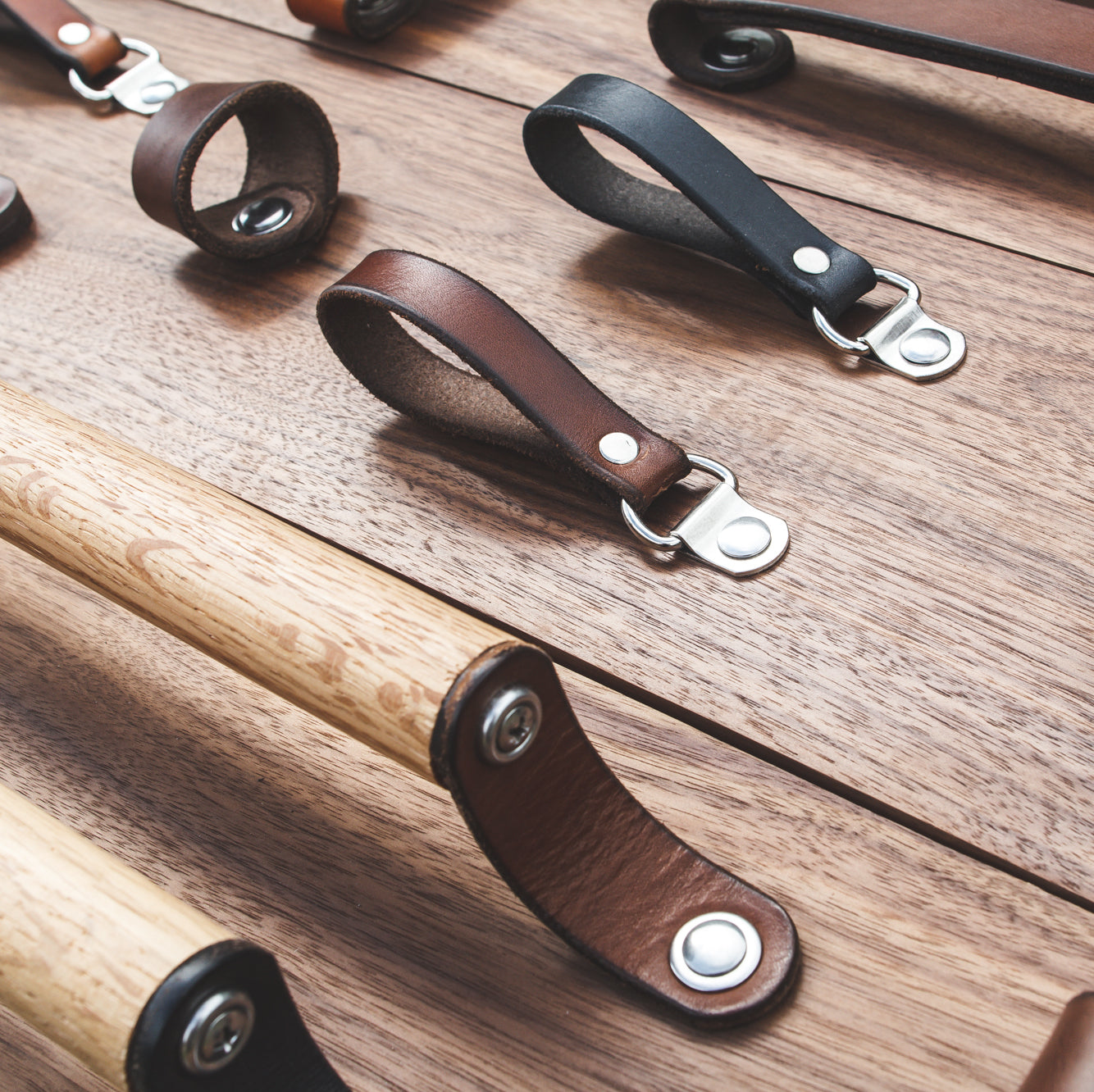
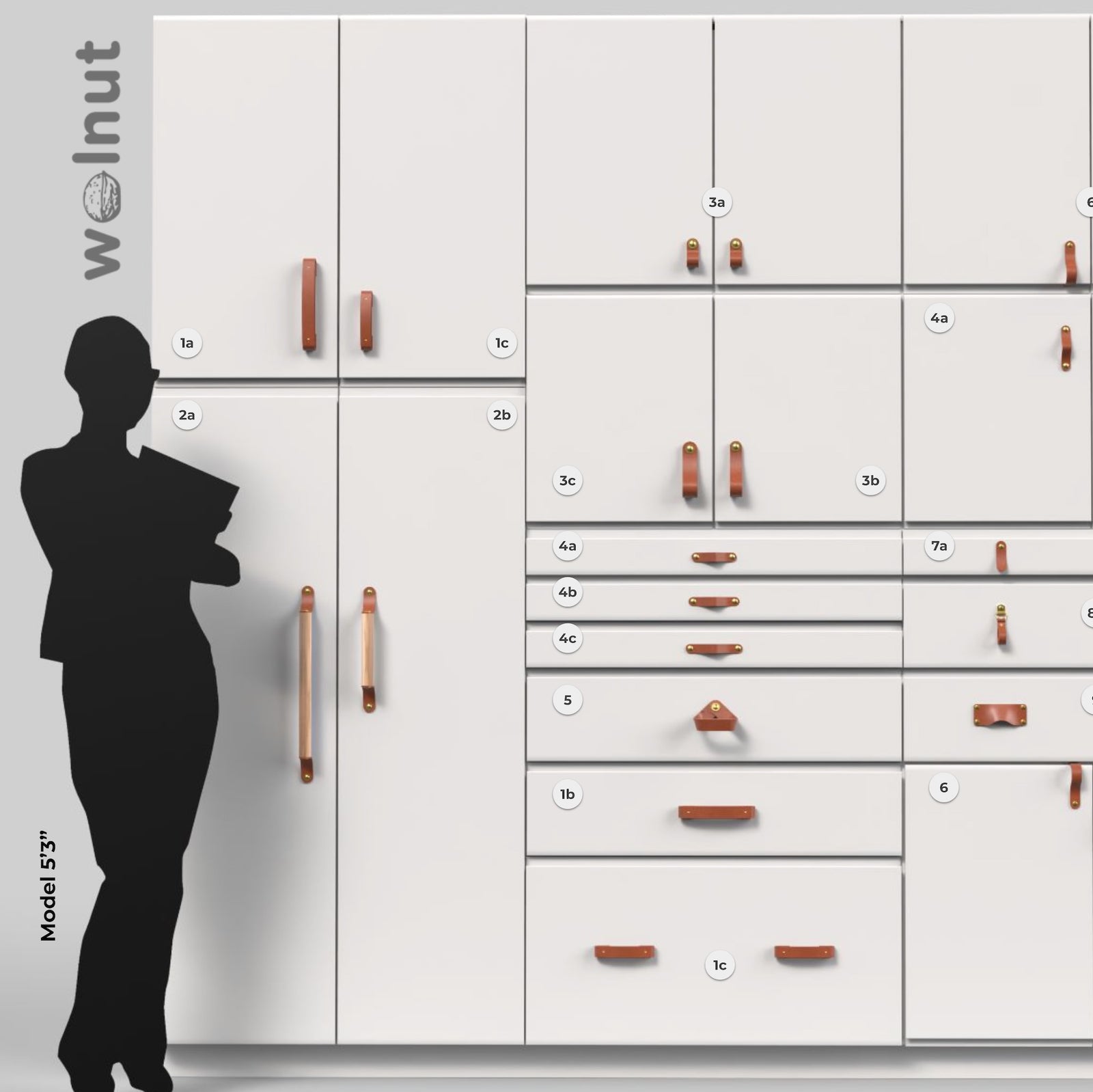
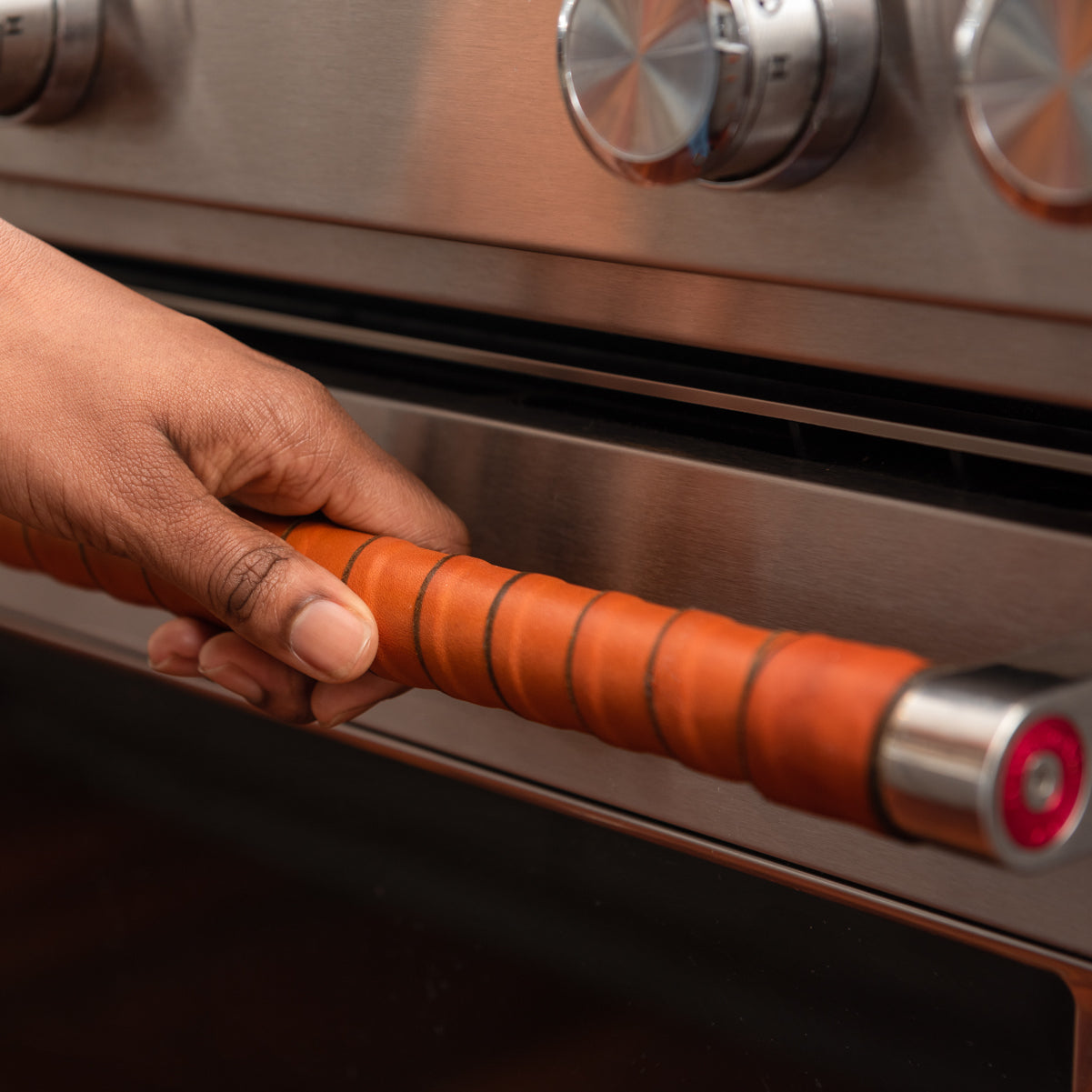
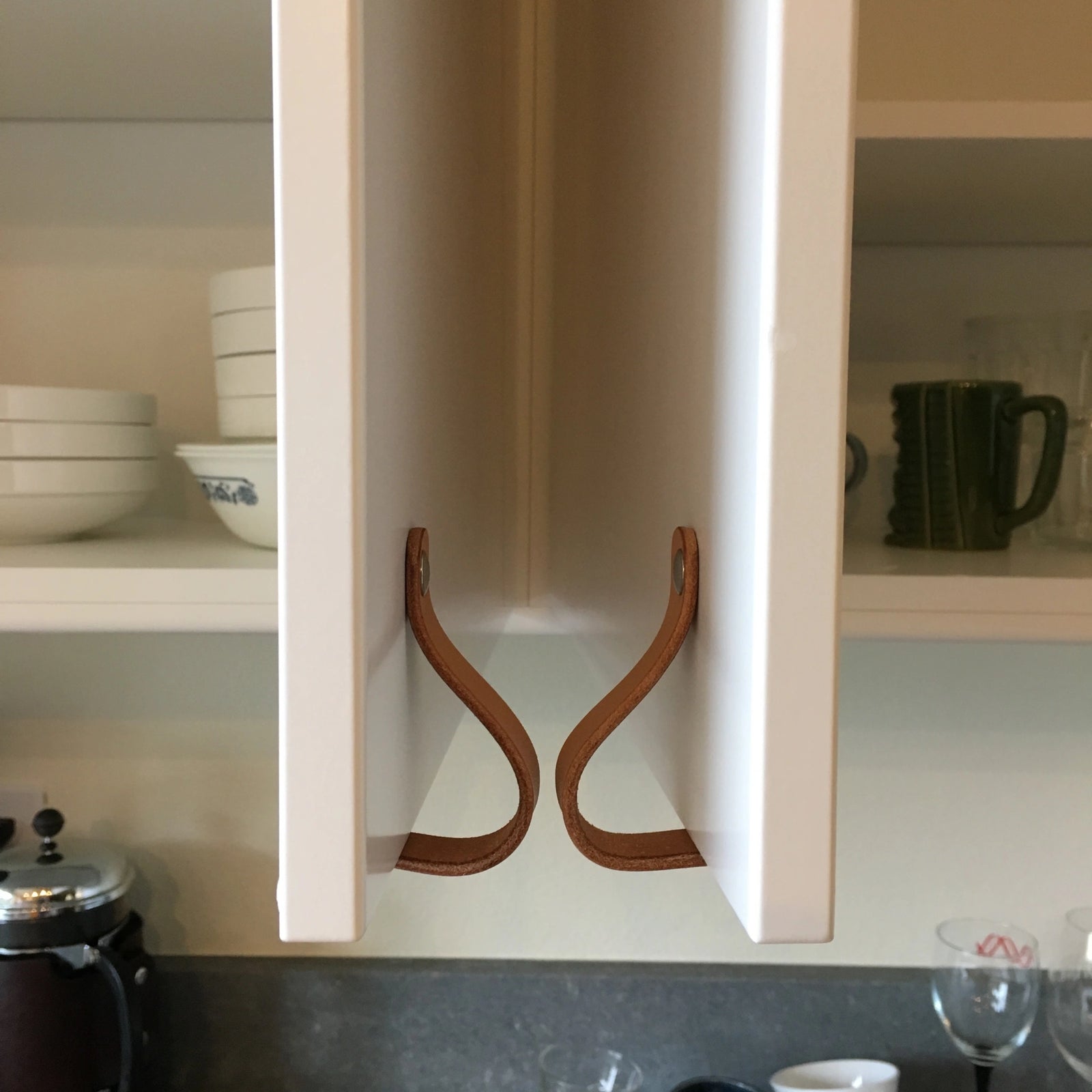


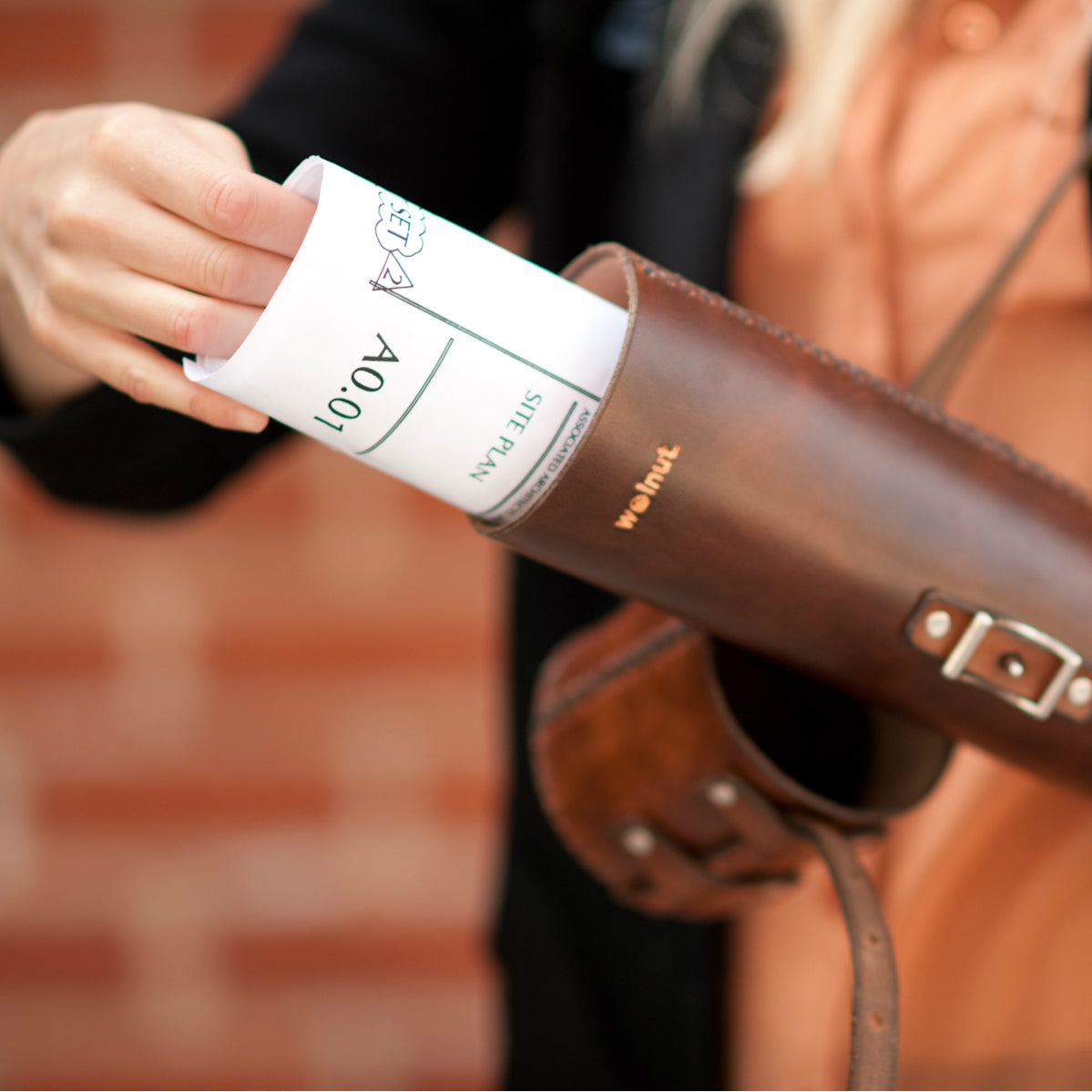
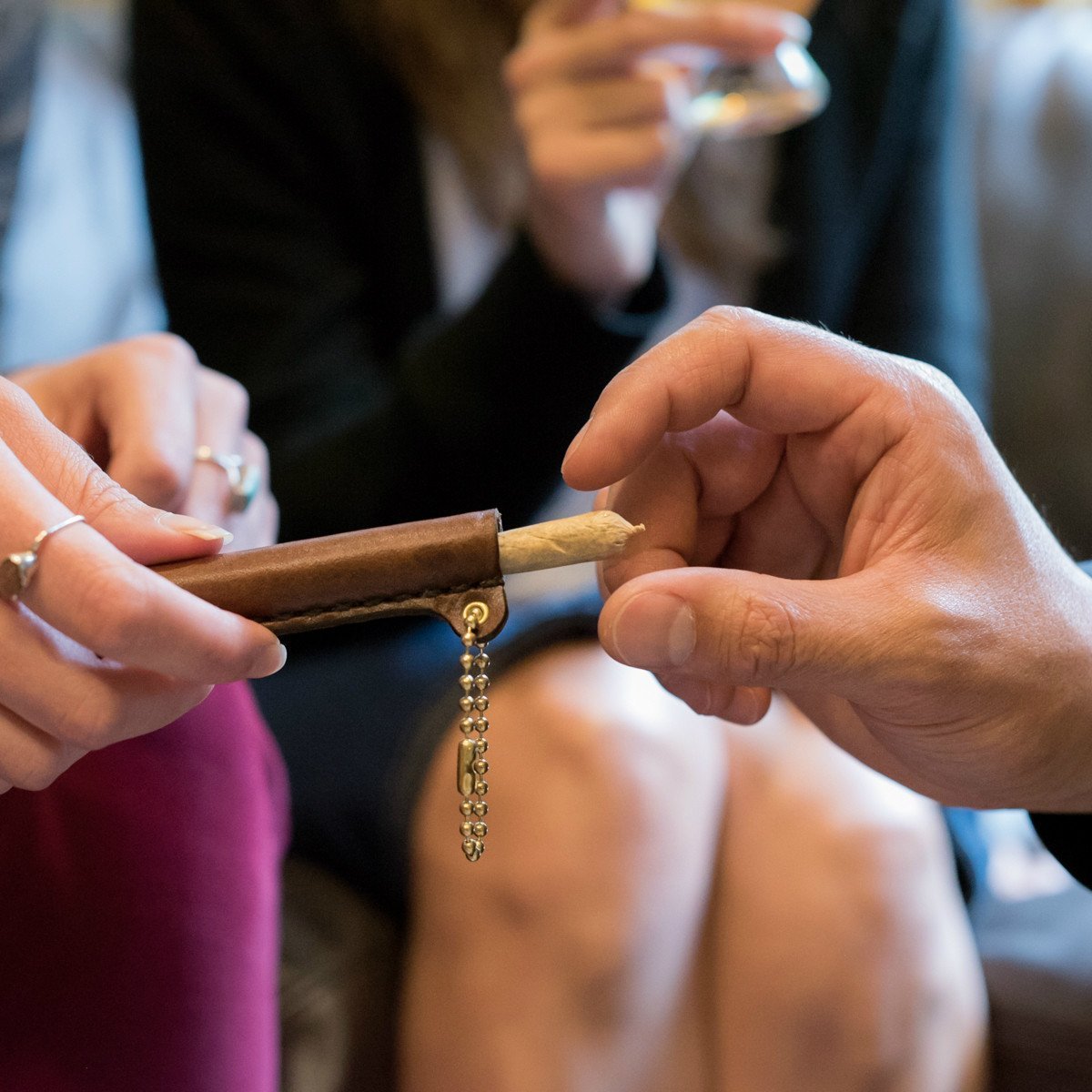
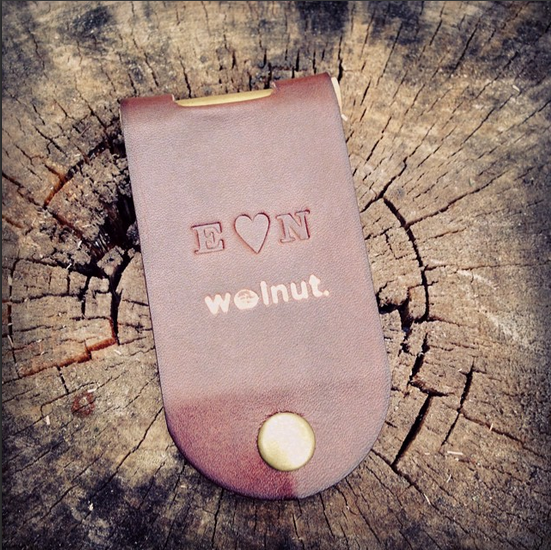
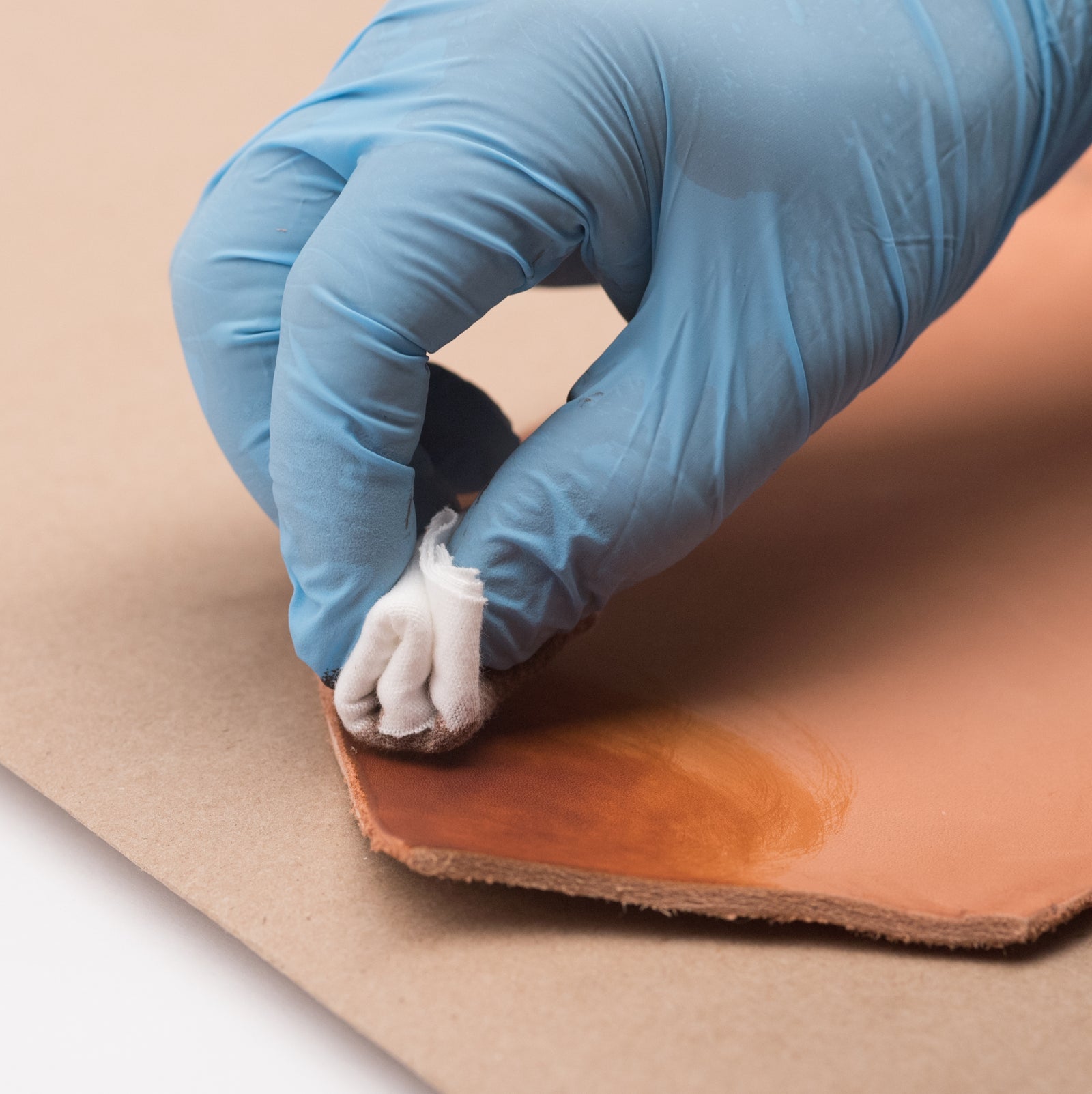

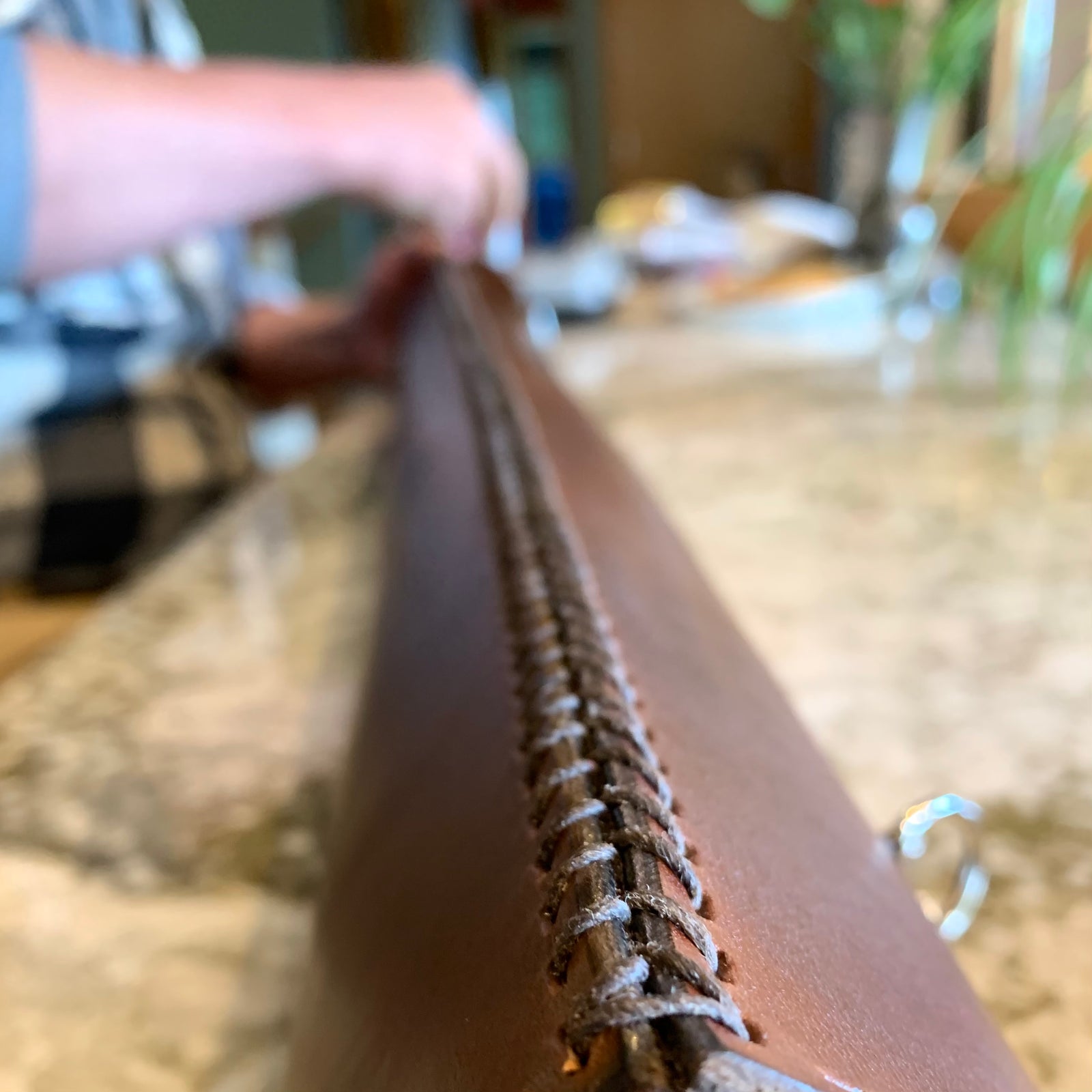
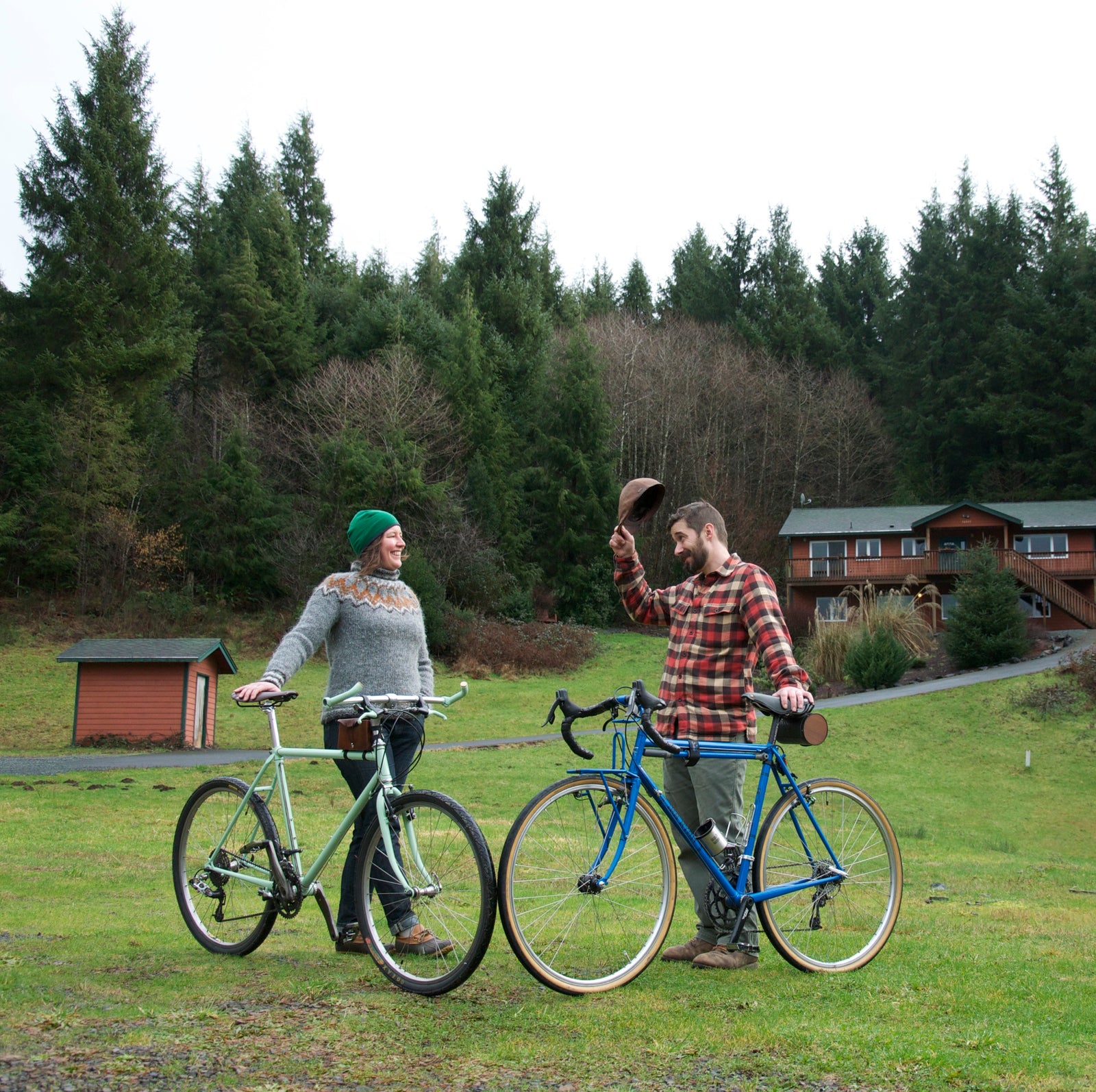
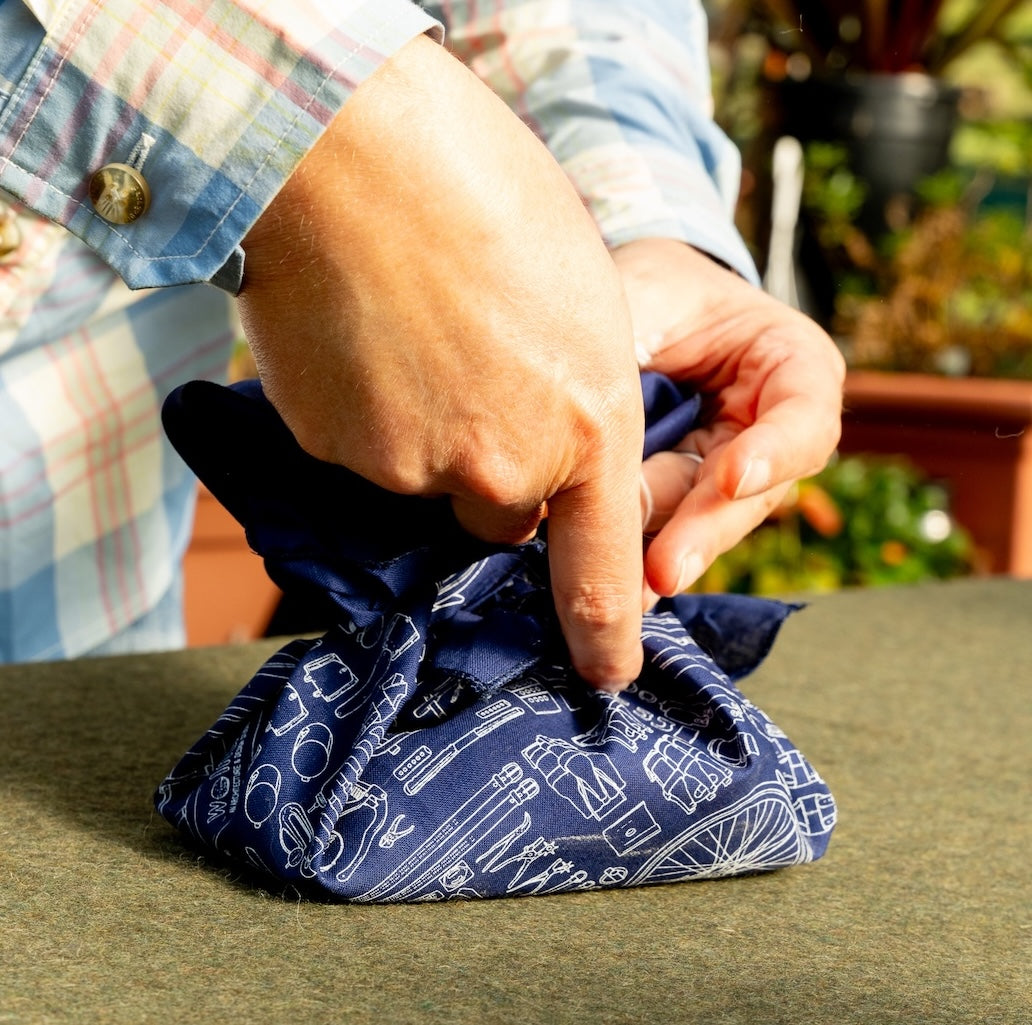



















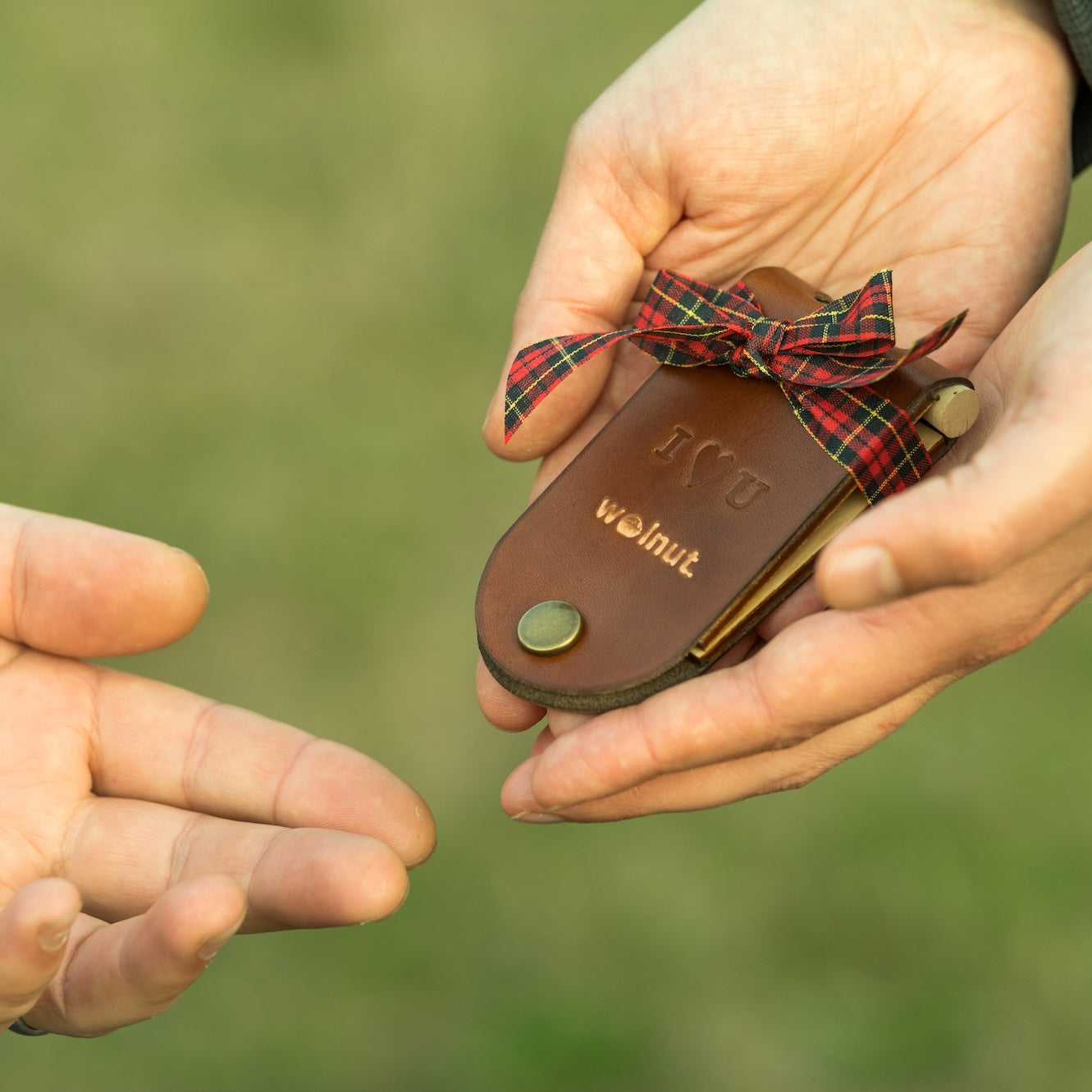


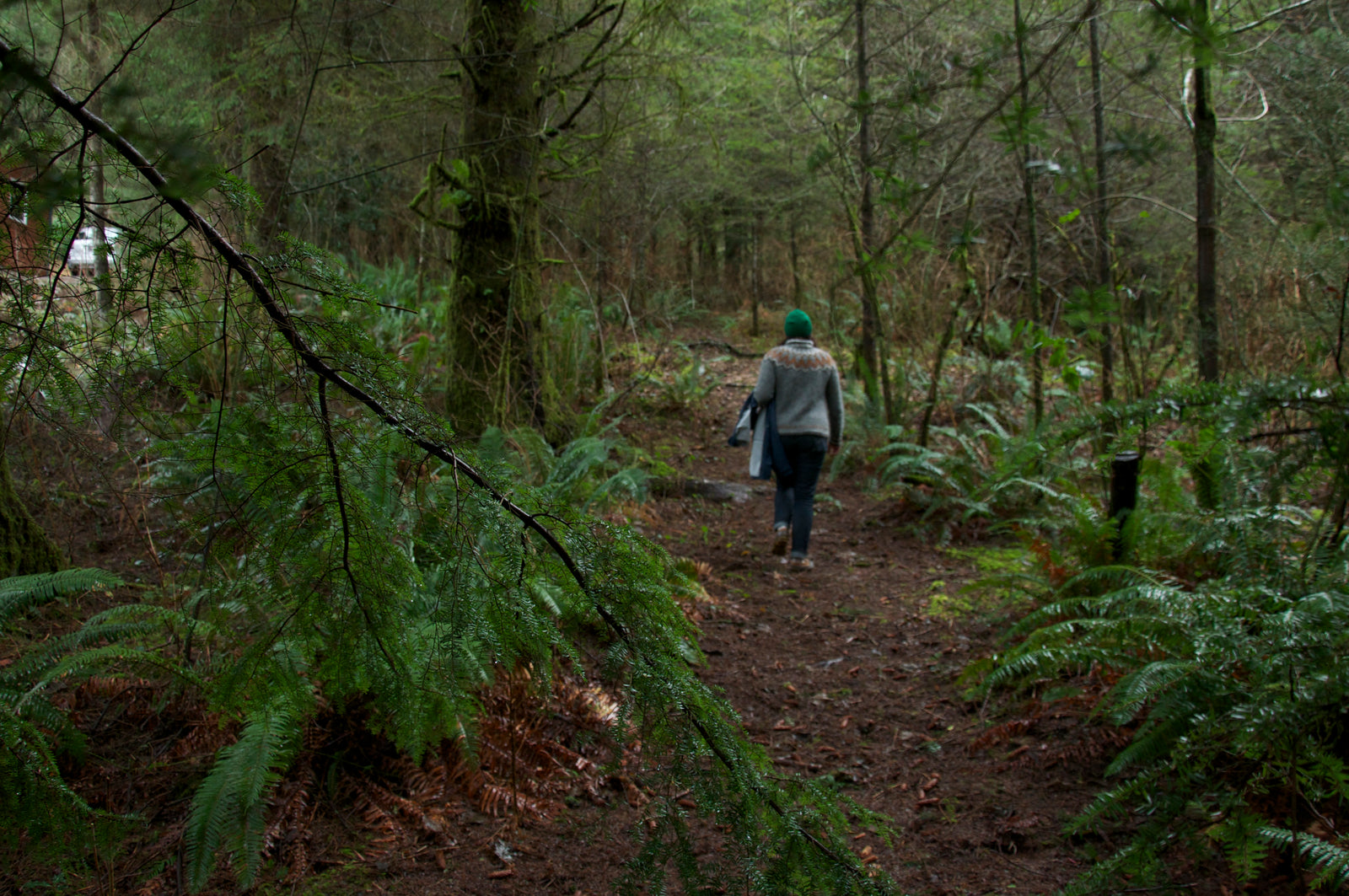
Leave a comment (all fields required)